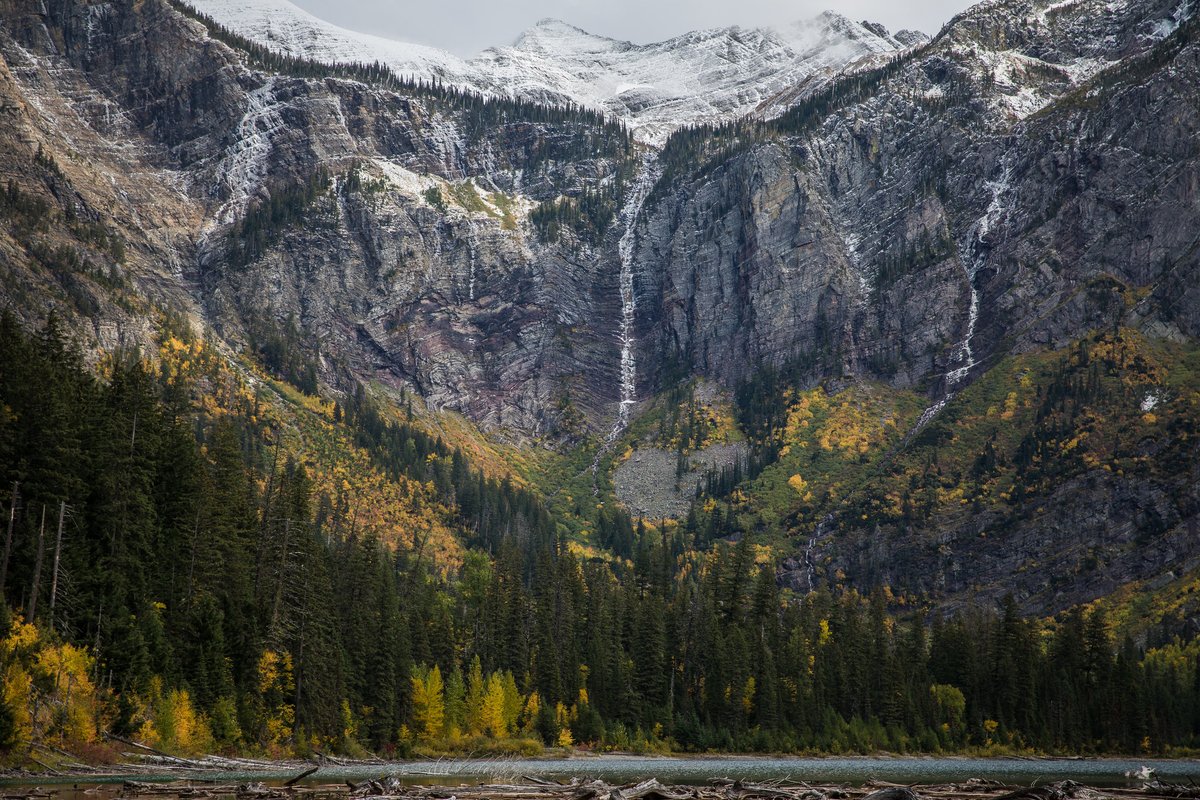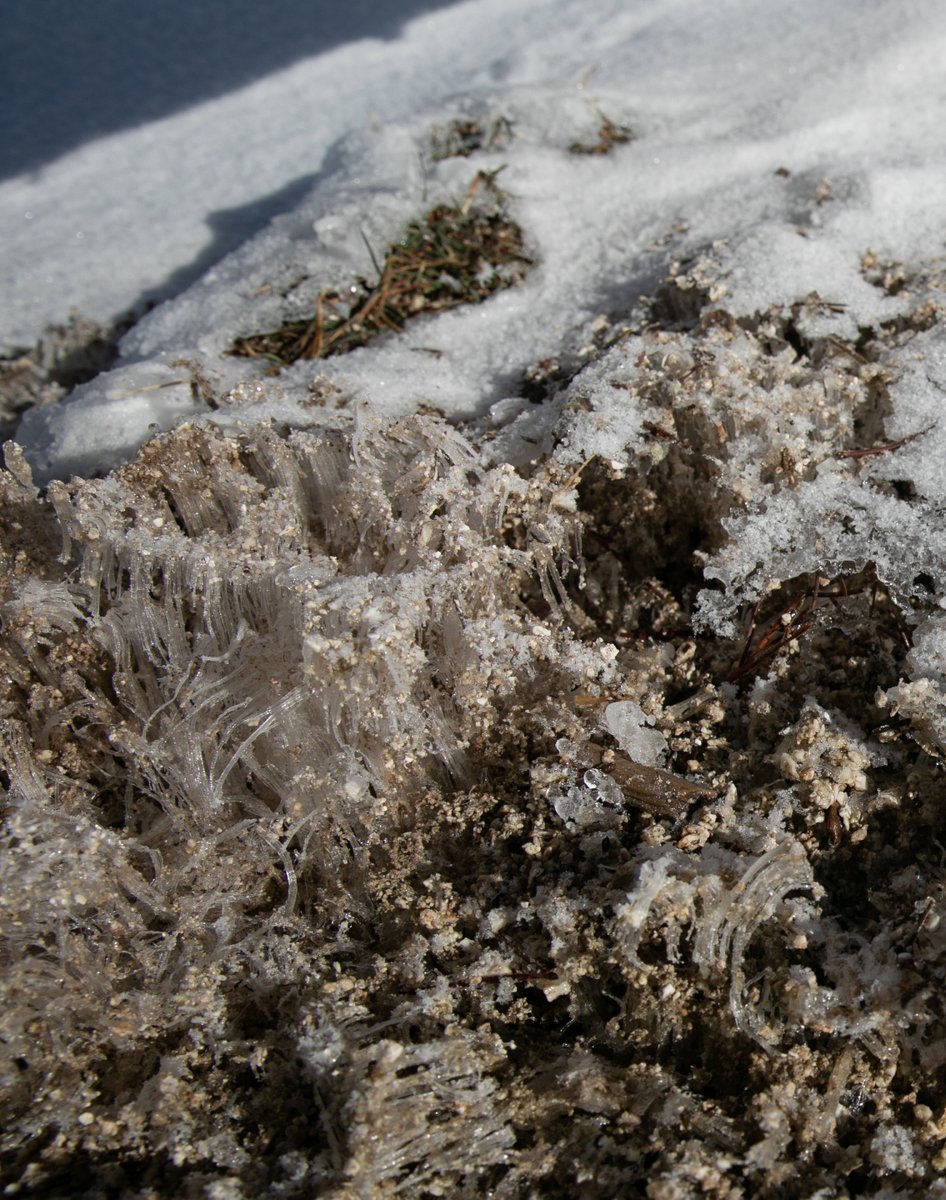
How to get URL link on X (Twitter) App


 The 20th century huck market supported families throughout Northwest Montana, who commonly took working vacations to pick the berries during the summer, selling as many as they could.
The 20th century huck market supported families throughout Northwest Montana, who commonly took working vacations to pick the berries during the summer, selling as many as they could. 
 The winner, in a landslide, was bitterroot (pictured above). A pink-blossoming perennial, the bitterroot is an excellent symbol for the state. More than just eye candy, the bitterroot is an important spring food source for many of Montana’s indigenous people.
The winner, in a landslide, was bitterroot (pictured above). A pink-blossoming perennial, the bitterroot is an excellent symbol for the state. More than just eye candy, the bitterroot is an important spring food source for many of Montana’s indigenous people.

 But did you know that snow on the road—as imposing as it may be—is just one of the hazards plow crews face? Snow ABOVE the road, and the threat of avalanches, is a tremendous concern.
But did you know that snow on the road—as imposing as it may be—is just one of the hazards plow crews face? Snow ABOVE the road, and the threat of avalanches, is a tremendous concern.

 There are tradeoffs between the two strategies. In the winter, leaves are a liability because they vastly increase the surface area of a tree, leading to increased water loss from evaporation and providing more places for snow to accumulate.
There are tradeoffs between the two strategies. In the winter, leaves are a liability because they vastly increase the surface area of a tree, leading to increased water loss from evaporation and providing more places for snow to accumulate.

 While it may be tempting to toss apple cores, banana peels, and orange peels on the ground, they do not decompose well in many places.
While it may be tempting to toss apple cores, banana peels, and orange peels on the ground, they do not decompose well in many places. 
 But have you ever seen columns of ice that start in the ground and grow upwards? You can see an example of that in the second photo!
But have you ever seen columns of ice that start in the ground and grow upwards? You can see an example of that in the second photo!

 What is rock flour?
What is rock flour?